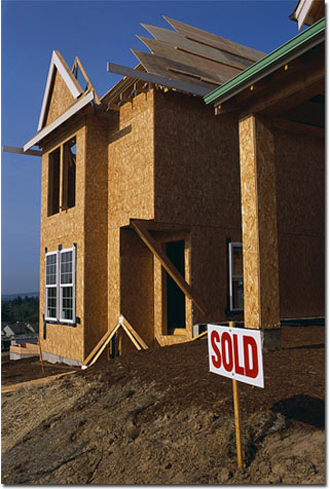Here's the most overlooked reason for cordless VoIP phones


After reading fellow blogger Tom Keating's excellent review of USRobotics' USR Cordless Phone for Skype (due later this month at $119.99, and his comparison of this product with the Linksys Cordless Internet Telephony Kit, I immediately thought of a reason why VoIP-capable cordless phones not only seem to be sprouting up every week, but why they are a must for VoIP providers.
Not just for the usual marcom blah-blah about "hey, we love our customers, they are always looking for more options to connect, etc." Well, duh on that.
There's a more profound reason having to do with the typical residential footprint of phone use. Both IP and legacy.
Homes are getting larger.
The average size of a new home climbed to a record high last year, according to annual data on new-home characteristics released by the U.S. Census Bureau in May.
"The average floor area in a newly built home last year reached an all-time high of 2,434 square feet - up from an average 2,349 square feet in 2004 and just 1,645 square feet in 1975," notes the National Association of Home Builders, in parsing the Census estimates.
And it isn't just the size of the homes, but the greater number of rooms.
"Between 1975 and 2005, the portion of new homes built with central air conditioning has risen 43%, while the portion of homes built with fewer than two bathrooms has fallen from 41% to just 4%," National Association of Home Builders CEO and exec vp Jerry Howard said in a statement released in June. "Meanwhile, the share of newly built homes with four or more bedrooms has risen steadily from 21% three decades ago to just shy of 40% last year."
More factoids:
- The proportion of one-story newly built homes has declined from 65% in 1975 to 44% in 2005.
- Meanwhile, the proportion of newly built homes with two or more stories has increased from 23% to 55%.
- As of 2005, just over one quarter of newly constructed homes (26%) were built with three or more bathrooms - up from an estimated 5% in 1975.
Larger homes, more bedrooms, more floors- even more bathrooms. See where I am going with this?
The growth of Internet telephony services such as Skype is in parallel with the growth in home size. Larger homes imply more points of contact where you might receive a Skype call, or wish to make one. And specific to Skype, bigger houses mean potentially greater distances away from the headset hooked up to your PC that you have been using for your calling.
Three takeaways:
As homes get larger, it feeds the need for more cordless phones.
As VoIP services get more and more residential subscribers- who are increasingly likely to live in larger houses- it feeds the need for more VoIP-enabled cordless phones.